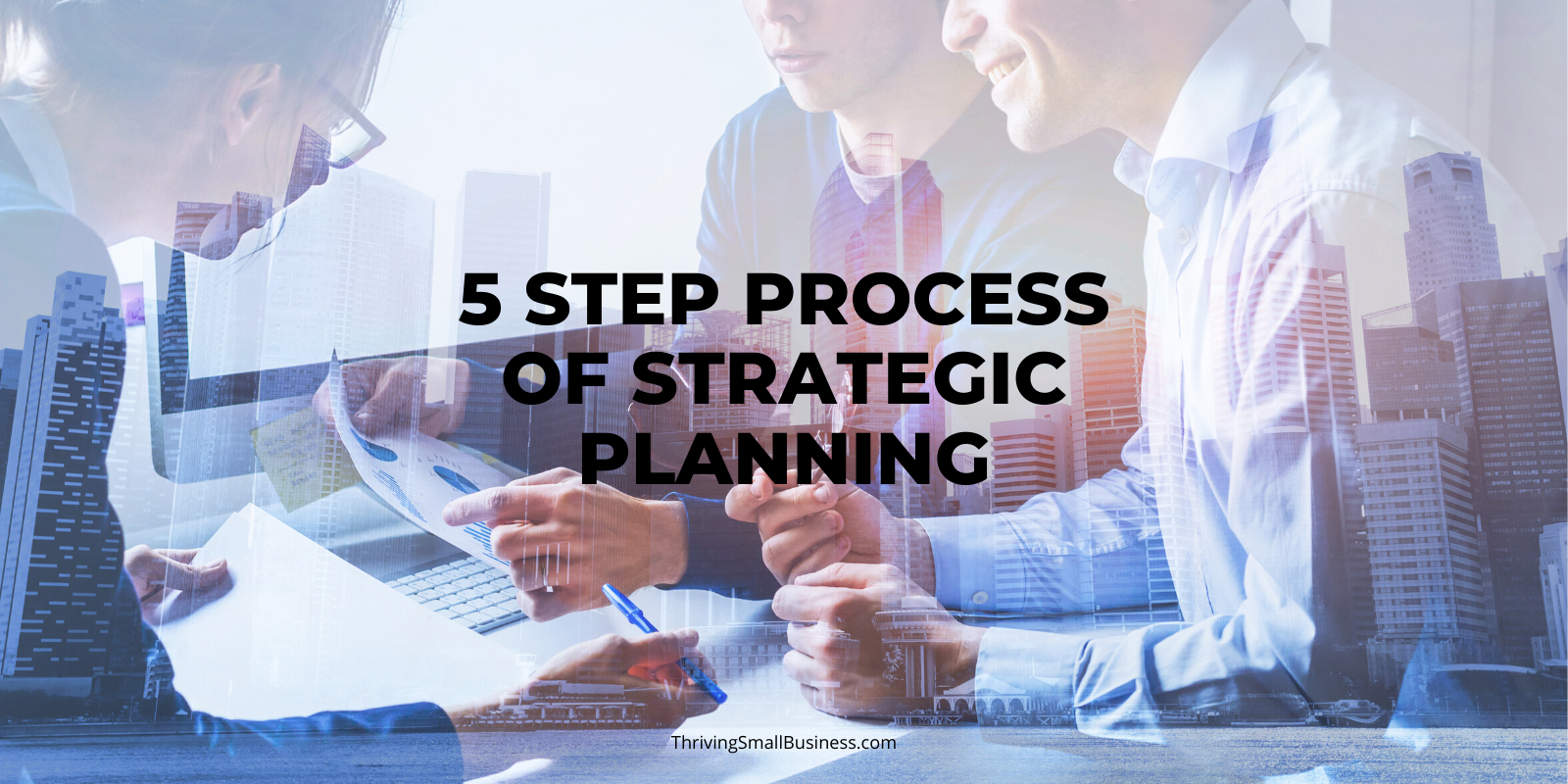Business strategy is a must-have for any business regardless of its size. It focuses on the big picture and offers the blueprint for current and future success and growth. It brings together the building blocks in the business working in harmony towards the achievement of well-crafted goals and objectives emanating from the organisation’s vision, mission and values.
Any organization whether large or small will normally have some sort of plan to guide it to an aspirational end of some sort. What makes a plan credible is the evidence of tangible deliverables from its execution which ultimately translates into business success. So having a customer experience strategy in place is doing the needful, what makes the strategy worthwhile is the matching execution plan resulting in tangible outcomes.

Aim at inclusiveness
Focusing on customer experience as a business performance anchor will serve you incredibly well. Note that your customer experience strategy must be one that has ownership right from the top and cascades downwards.
Three key elements are helpful here; your customer experience mission which will normally be influenced by outcomes from happenings at the planning apex of your organization.
Next, the influence of the big plan must be evidenced in conversations that go on both informally and at meetings within the organization at all levels as evidence that the ‘big talk’ from the board room and top level engagements dovetail to the average “Joe’s” daily work schedule. Your front-liners or business location actors must demonstrate an understanding of your goals through their behaviours in customer-facing roles. There must be clarity in skill-sets and behaviours required at key parts of your customer journey with effective monitoring mechanisms to enable you track back quickly and address any pitfalls arising from happenings at your various touchpoints.
Promote a customer-focus mindset
The focus of the average organization is to turn out employees who have been trained to address difficult situations in their dealings with customers. They are given the orientation to address complaints of angry customers as well as those requiring some support. As customers, we naturally warm to frontliners who appear welcoming offering lots of smiles and a warm personality.

This is great, however more than anything else, what we need is a customer-focus mindset. It encompasses a positive attitude and an understanding of the rationale behind a deliberate and relentless effort to showcase an incredible customer experience.
Shep Hyken a customer service expert outlines the following five things to look out for in influencing a customer-focus mindset either for your existing team members or your future recruits and mentees.
First, your internal culture must nurture people to desire to take care of people. Note that not every employee joins the organization with that mindset. Even if they understand the principles of service delivery they still may not identify with its essence. What must be evident in a customer-focus mindset is a desire to serve.
Experts have advised that having the right mindset starts with the individual and the hiring process, if these are in place then one has the tendency to easily fit into the culture and be molded further to better align with it. Second, one must be quick to identify a ‘being in the moment’ opportunity.
This is about the awareness of when you are delivering a positive service experience, knowing this prepares you to explore ways to make the experience better. According to SGEi, a consultancy that specializes in supporting businesses in customer mindsets, “Your people’s knowledge, ability to engage with customers, and attitude can make a customer feel good; that’s something they will want to revisit.” Capitalizing on such moments will enhance your customer engagement strategy, don’t we all cherish the repeat of a good experience!
Third, your customer facing team must ‘know where the line in the sand is’, note that by nurturing an environment that promotes a customer focus mindset you empower your frontliners to do what is required to take care of the customer within your organizational boundaries. Use stories and examples to train them to appreciate how far they can go to take care of (internal and external) customers.
Michael Gerber, the renowned motivational speaker, confirms the potency of this strategy when he tells the story of checking-in at a specific hotel anytime he visits a particular state, and their willingness to learn his preferences and address them proactively such that they could tell his breakfast preference, newspapers and type of room among other things. When your business actors know where the line in the sand is, they can create scenarios that lead to great personalized experiences.
Fourth, develop a learning culture, do not restrict this to just products and services extend the range by encouraging them to learn about competitors, the latest trends in industry and generally about as many things. A knowledgeable employee makes interesting conversation with customers and keeps them engaged thus potentially encouraging them to come back to enjoy the experience. I can vouch for this lady who runs a shop in Community Two Tema, she is always willing to share a thing or two with you about her products. She doesn’t hesitate to signpost you to where you can find a product when she is unable to provide it in her store. Her general knowledge about stuff is just phenomenal. Another example is Apple who encourages a learning culture among its shop attendants thus loyal users of apple products will remain with the brand having no intention of going anywhere soon.
Fifth, your employees who face customers and interact with them must always be conscious of their awesome responsibility to deliver an experience that aligns with your vision. This individual together with his/her colleagues can make or unmake your brand by their actions.
An old saying about customer engagement goes, “walk a mile in the customer’s shoes”. Many agree that great customer service doesn’t just come from proper training, but a particular mindset formed over time by people who consciously work to build lasting relationships with customers and offer a superior customer experience.
Operationalizing your strategy
In all fairness we must accept the fact that no company sets outs to deliver a poor customer experience.
However most organisations would rather invest a lot more of their resources in their own processes leading to inconsistent experiences with products and services and leaving their customers understandably frustrated. The following techniques will serve you well as you implement your customer experience strategy. Primarily, we must imbibe Stephen Covey’s fifth philosophy from his book ‘Seven Habits of Highly Successful People”, which is to, “Seek first to understand, then to be understood.”, turning it on its head, we must seek to understand our customers by regularly measuring and monitoring such variables as customer satisfaction scores, Net Promoter scores (NPS), and customer feedback.
The saying goes that what cannot be measured cannot be managed, so by systematically collecting information from the market, customers, prospects, and their partners, we will learn and know when and where to listen, and transform the feedback into actionable insights for our business strategies to ultimately drive revenue.
Next, we must follow through to develop a deep understanding of the customer’s journey. Journey maps help us by providing an end-to-end view of the customer’s journey with our business. The map highlights the customer’s entry and exit points as they engage with us. A typical map tracks the complete journey from ‘first moments of engagement and awareness through to order fulfillment, consumption and technical support etc.’ It is important for a company to understand how its customers behave as well as how it is perceived by its customers.

This is so that they will identify “moments of truth”, the moments that matter most to the customer during their journey. A note of caution here is the reality that we cannot do everything at once. Therefore to be effective in our campaigns we must prioritize the “moment of truth” that can create the memorable customer experience we aim at and differentiate our brand in a crowded market. This requires that we perform a customer experience ‘episode’ analysis. While the entire journey is important, an effective ‘episode’ analysis takes an in-depth look at which personas are involved in a given stage, the key outcomes they want to achieve, and their emotions through the journey. Knowing this helps in designing the right fit for your patrons and prepares you for future encounters as you aspire to create the kind of wow memorable moments customers cherish.
Translate the mindset to each employee
Your customer experience mission must be presented to your employees in ways that they can identify with in their everyday lives. Living the experience enables them to stay in the right mindset a good example of this can be drawn from the hospitality industry where they frequently set themes around guest experience over a period.
Each shift starts with reminders about the identified experience which could be about the need to ‘stay calm and be nice to the customer’. As I have mentioned earlier with the right mindset ingrained in your employees they in turn are well placed to deliver unique experiences.
In business to business relationships this culture is not well appreciated. There is very little guidance on a regular basis to in-house teams thus organisations in financial services, healthcare and education, just to mention a few simply expect employees to feed off orientation reminders with the effect that they leave and forget about the training thus forgetting to apply them to their practice. The advantages in providing rich customer experience communication to employees are many. By staying focused on the right mindset they will see the opportunities and start to improve the experience. Ultimately they will develop great ideas about what processes might not be working for your customers. Knowing that their contribution has support from the top will make them feel more fulfilled seeing how their role connects to the overall experience your customers have. Let your strategy be a best-fit, one that places the needs of customers high on its agenda, let’s not forget Peter Drucker’s warning ‘culture eats strategy for breakfast’. Owners of culture, business owners must be careful to nurture the culture that supports a customer-centric organization and ultimately leads to great customer experience.

The Writer is the Managing Consultant at Capability Trust Limited a People and Learning Organisation serving the market with Talent Acquisition and Management, Leadership Development, HR Outsourcing and General HR Advisory, Training and consulting services. He can be reached on 059 175 7205, [email protected]/ www.linkedin.com/in/km-13b85717










